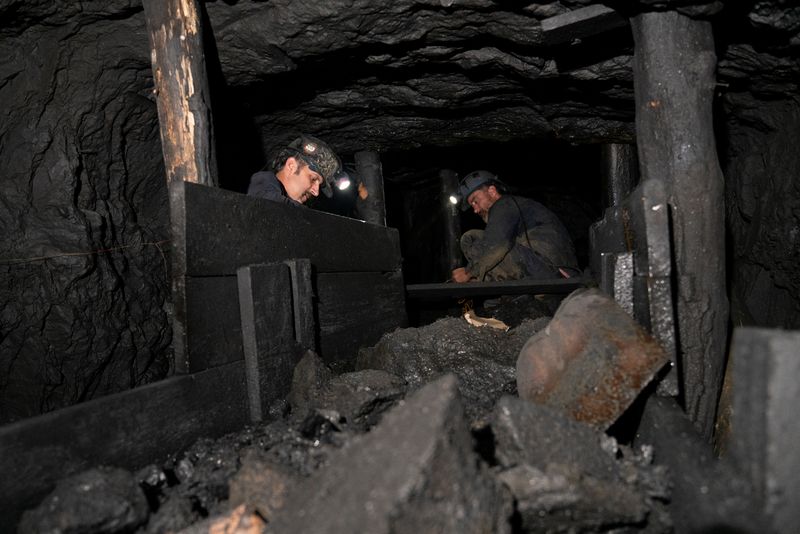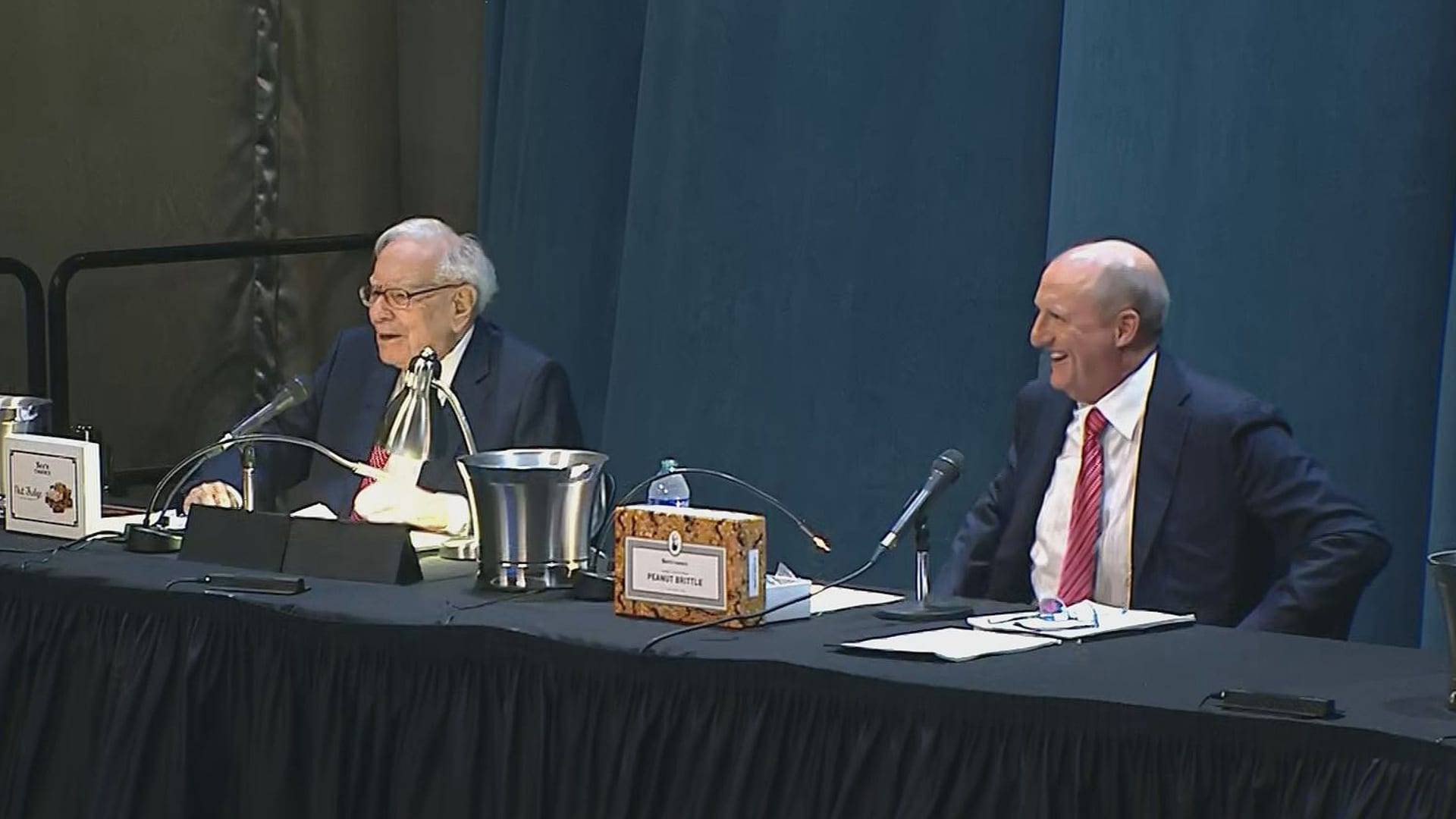This is the number of babies each woman needs to have to avoid human extinction—and the U.S. is nowhere close
Human populations need at least 2.7 children per woman—a much higher fertility rate than the 2.1 previously believed—to reliably avoid long-term extinction.

The global decline in birth rates has been a fraught topic for years, leaving some folks obsessed with ways to drive it up—including Elon Musk, who has fathered at least 14 children, admitted the fear of extinction keeps him awake at night, and who took to his X platform recently to warn, “Low birth rates will end civilization.”
Now comes more bad news on that front: Human populations need at least 2.7 children per woman—a much higher fertility rate than the 2.1 previously believed—to reliably avoid long-term extinction.
That’s according to a new study published April 30 in the journal PLOS One, whose researchers, of Japan, further note, “since fertility rates are below this threshold in developed countries, family lineages of almost all individuals are destined to go extinct eventually.”
Currently, two thirds of the world’s population lives in areas where the total fertility rate is already below the 2.1 replacement level fertility (RLF), which refers to a level high enough to replace the existing population with a slight buffer.
That includes the U.S, which has a current fertility rate of just 1.66.
Other developed countries with low fertility rates include Italy (1.29), Japan (1.30), Canada (1.47), Germany (1.53), the U.K. (1.57), and France (1.79).
The 2.1 figure, according to researchers, doesn’t account for random differences in how many children people have—nor does it account for mortality rates, sex ratios, and the probability that some adults will never have children. These chance variations can wipe out entire family lineages in small populations, concluded the study authors, who used mathematical models to examine how such demographic variability affects the survival of populations over generations.
It’s how they came to the conclusion that 2.7 was the new RLF to shoot for—but noted that a female-biased birth ratio, meaning more females born than males, reduces the extinction risk, helping more lineages survive over time.
"Considering stochasticity [randomness] in fertility and mortality rates, and sex ratios,” said researcher Diane Carmeliza N. Cuaresma in a news release, “a fertility rate higher than the standard replacement level is necessary to ensure sustainability of our population."
While Musk and others—including pronatalists, or those part of a growing movement to have many babies—are concerned about the falling birth rates and threat of extinction, many others are not. Earlier this year, a survey by Population Connection found that, while most people want a small family, others feel unable to have more kids due to factors including affordability, the state of the world, and lack of societal support for parents. And while only 15% of those surveyed thought the falling fertility rate was one of the world’s biggest challenges, nearly half (45%) were actually concerned about population growth over fears of children living in poverty and depletion of natural resources.
And a newer survey on the topic, from Yahoo and YouGov, revealed its results on Friday, and found that only 8% are “very worried” about the U.S. birth rate’s significant drop over the past 20 years, with only 32% worried at all.
More on babies:
- Expert blames phones as a driving factor for the declining birth rate that Elon Musk warns could lead to human extinction
- Surrogacy just brought YouTube and Netflix star Ms. Rachel a new baby—and she’s not alone. Here’s why the business is booming
- Meet the CEO who turned the Swedish NoseFrida into a huge hit with American parents of babies
This story was originally featured on Fortune.com



















































![[Weekly funding roundup April 26-May 2] VC inflow continues to remain downcast](https://images.yourstory.com/cs/2/220356402d6d11e9aa979329348d4c3e/WeeklyFundingRoundupNewLogo1-1739546168054.jpg)







































































































































